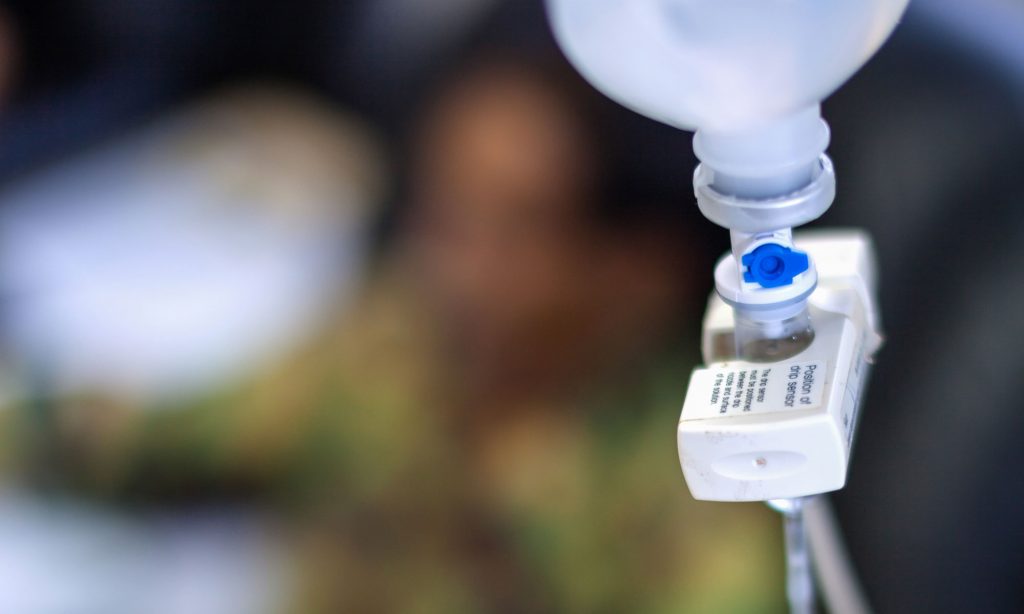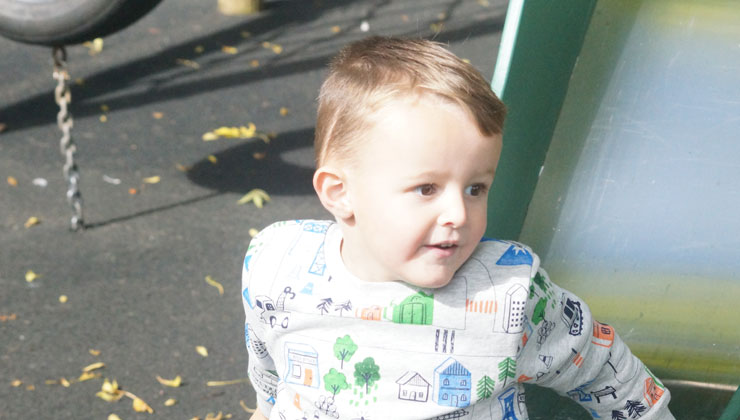Child brain tumour treatments
Child brain tumour treatments often consist of neurosurgery, chemotherapy, radiotherapy, or a combination of these. But, there are other types of treatments and ways to manage symptoms and side-effects.
If your child has been diagnosed with a brain tumour, this can be a scary time. You will be given lots of information by the doctors about various treatment options, which might be confusing and difficult to follow when you are in a state of shock.
We created this page to help you better understand child brain tumour treatments.
Here we’ll discuss the reasons behind each type of treatment, how they work, the procedures i.e. what to expect, and possible side-effects, both short-term and long-term.
This will help you to decide what questions to ask your child’s healthcare team and help you make informed decisions about your child’s treatment.

Neurosurgery
The types of surgery your child may have and why surgery is not possible for everyone.

Radiotherapy
How radiotherapy works and what your child can expect during treatment.

Chemotherapy
The use of drugs to destroy tumour cells by interrupting or stopping their growth.

Steroids
Steroids are given to treat brain tumour symptoms and side-effects, rather than the tumour.

Proton Beam Therapy
A targeted radiotherapy in which fewer healthy cells receive a dose of radiation.

Palliative care
Palliative care can prevent, treat or control the symptoms and side-effects of a brain tumour

Side-effects of treatment
Find out about the side-effects your child may experience from treatment.

Join our online support community for parents
Our closed Facebook group is a safe space to connect with other parents who are affected by a brain tumour and understand what you’re going through.
Types of child brain tumour treatments
Neurosurgery
A child might be given neurosurgery to remove as much of the brain tumour as possible or to remove a small piece of the tumour for testing (called a biopsy). Surgery can also be used to insert devices to help manage the symptoms of the tumour or help treat it.
Your child will likely be given a general anaesthetic for their surgery, meaning they’ll be put to sleep.
When they wake up, they may have some swelling around the surgical wound. They might also feel dizzy, tired, have a sore throat or have a headache. This is normal and should not last long after surgery.
For more information on neurosurgery for children, please click the box in the section above or the link below:
Radiotherapy
Radiotherapy uses doses of high energy charged particles to target brain tumour cells. It does this while causing as little damage as possible to the healthy cells around the tumour.
Radiotherapy is usually given if your child’s tumour can’t be removed with surgery. Or it could be given after surgery to target any tumour cells left behind.
Your child will be given a radiotherapy mask, which is used to keep their head in place during treatment. This can be a little uncomfortable or scary to wear. But, it will likely only be on for a few minutes. And, your child won’t see or feel the radiotherapy beams.
Common side-effects for radiotherapy are tiredness, hair loss, sensitive skin, nausea or vomiting, reduced appetite, and a temporary lowering of the production of blood cells (myelosuppression).
To learn more about radiotherapy for children, click the box in the section above or click the link below:
Chemotherapy
Chemotherapy uses anti-tumour drugs called cytotoxic drugs to target a brain tumour. These drugs aim to disturb the dividing process of tumour cells. They do affect healthy cells as well, but these are able to better repair themselves.
Chemotherapy could be given for a number of reasons. It might be used before surgery to make a tumour easier to remove. Or, it could be given after surgery to stop a tumour from growing back. It could also be used to treat a tumour that has grown back.
Chemotherapy treatment is often given by injection and a drip, But, it can also be given orally through tablets or a liquid.
Common side-effects of chemotherapy in children can include lowered immunity, hair loss, nausea or vomiting, tiredness, visual problems, anaemia and more.
For more on children’s chemotherapy, please click the link in the section above or click the button below:
Get support
We understand that reading about child brain tumour treatments can be difficult and scary. So, if you would like to talk to someone, have your questions answered, and have them listen to you, please contact our Children and Families Support Team.